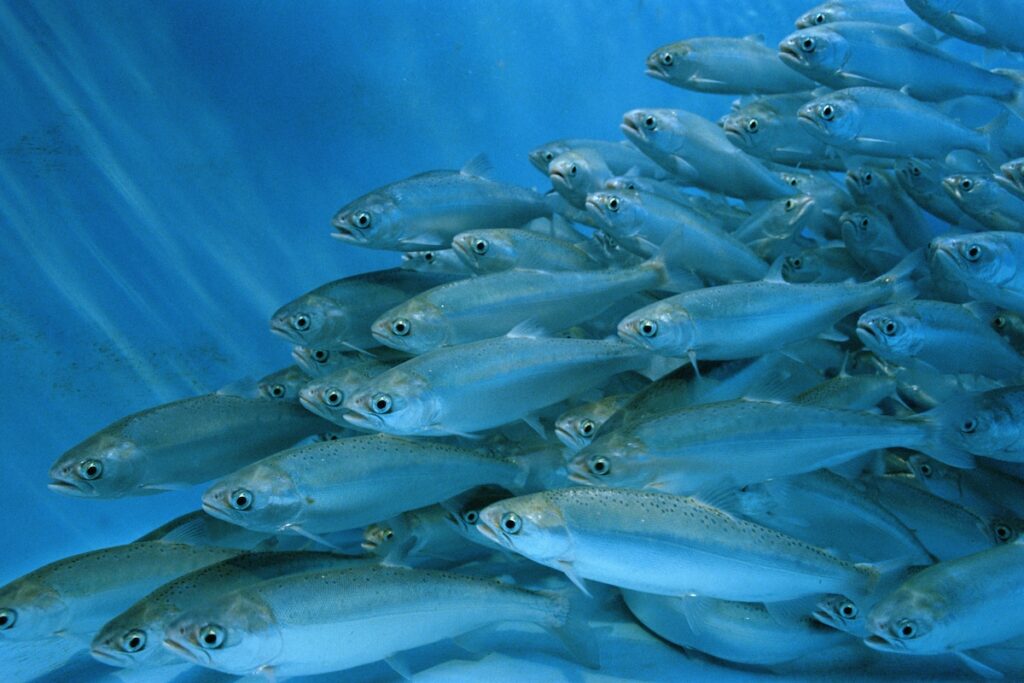Unsettled Pacific Ocean Offers Few Clear Indicators for Salmon Success in 2024
Posted
Last Updated
Want to learn how the Pacific Ocean is likely to change and affect salmon survival in the coming year? Stay tuned, scientists say.
The ocean indicators that NOAA’s Northwest Fisheries Science Center researchers track off Newport, on the Central Oregon Coast, are decidedly mixed for the coming year. El Niño is still developing at the equator and there are both positive and negative indicators in local waters for emerging salmon. The ocean indicators of juvenile salmon survival—now online—reflect a rapidly changing ocean that is tough to predict.
“We’re not seeing any clear direction as we sometimes have before,” said Jennifer Fisher, a research fisheries biologist at the Science Center’s Newport Research Station. “The overall message is that the system is unsettled. We’d like to be able to tease something out of that, but right now, we have to watch and wait.”
The Research Station’s team regularly monitors ocean conditions along the Newport Hydrographic Line, one of the best records of ocean change on the West Coast. Scientists have surveyed the line twice monthly (weather permitting) for 26 years. The information collected reveals patterns and insights into how the ocean changes, particularly how the changes are likely to affect the salmon experiencing those conditions.
Key Indicators Send Conflicting Messages
The team tracks 16 key ocean indicators including seawater temperature and salinity and the number and types of copepods, tiny crustaceans that reflect the food quality for juvenile salmon when they first enter the ocean. Decades of monitoring have demonstrated that these ocean indicators correlate with juvenile salmon growth and survival—and how many adults will return to rivers to spawn.

